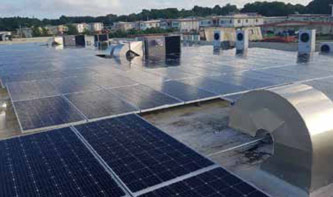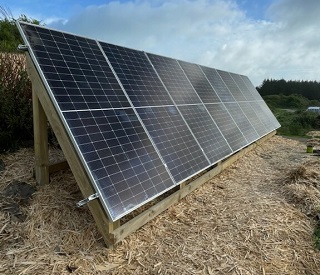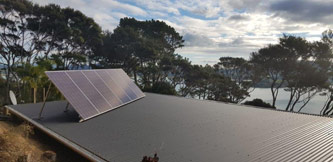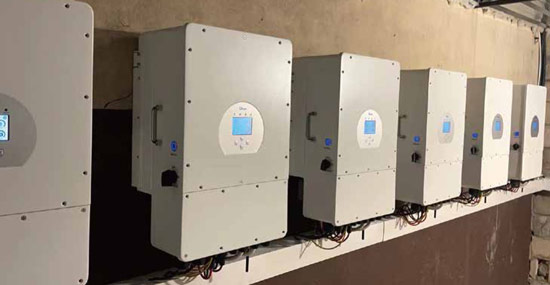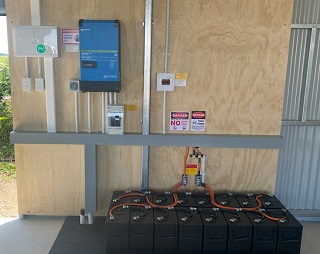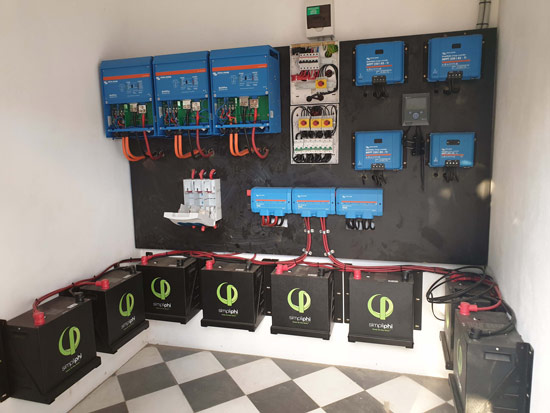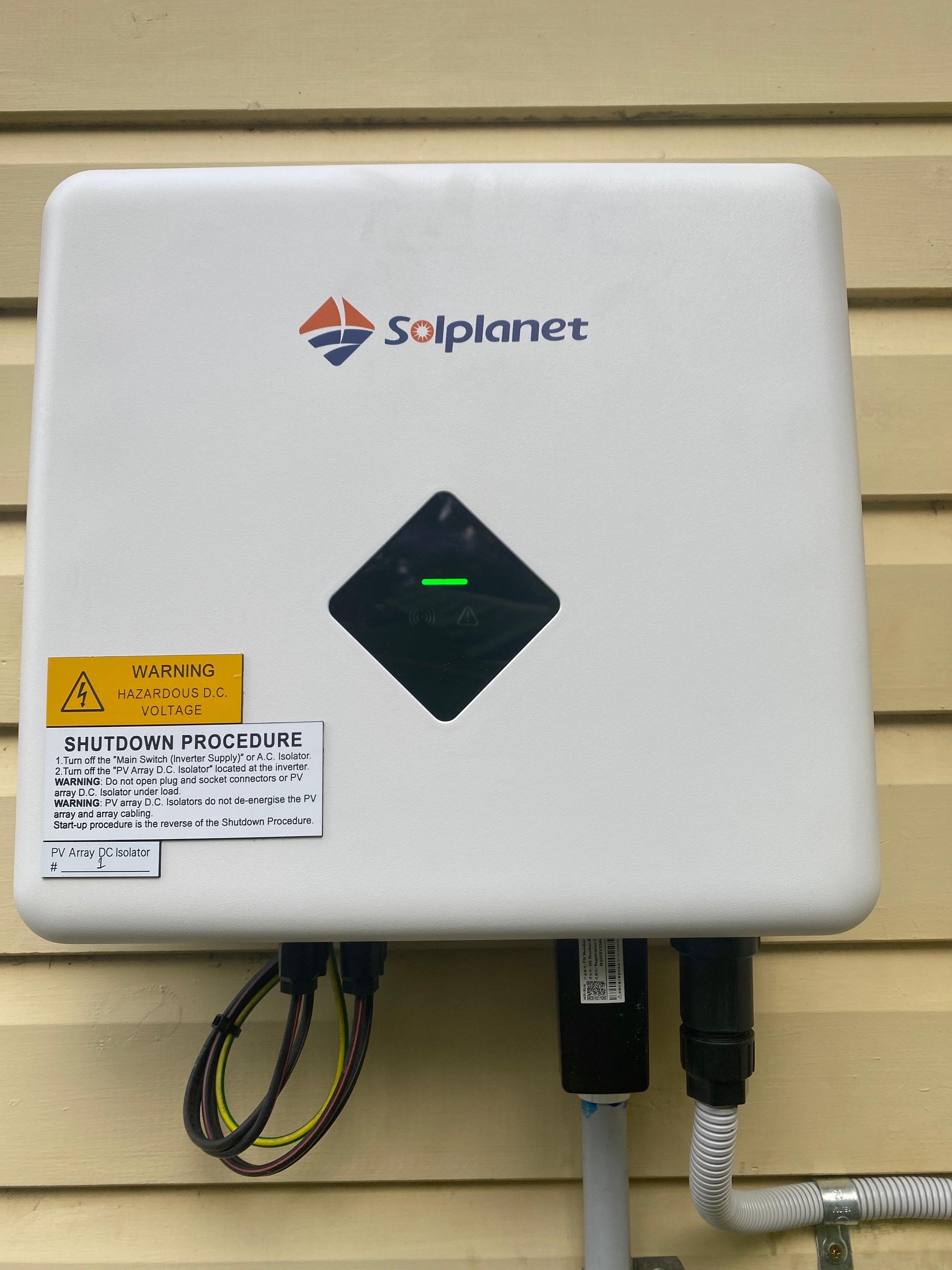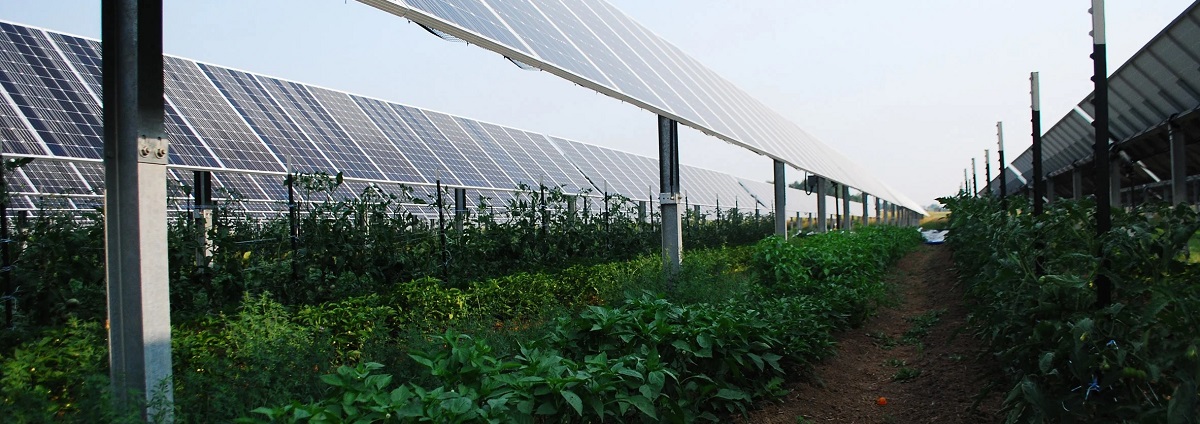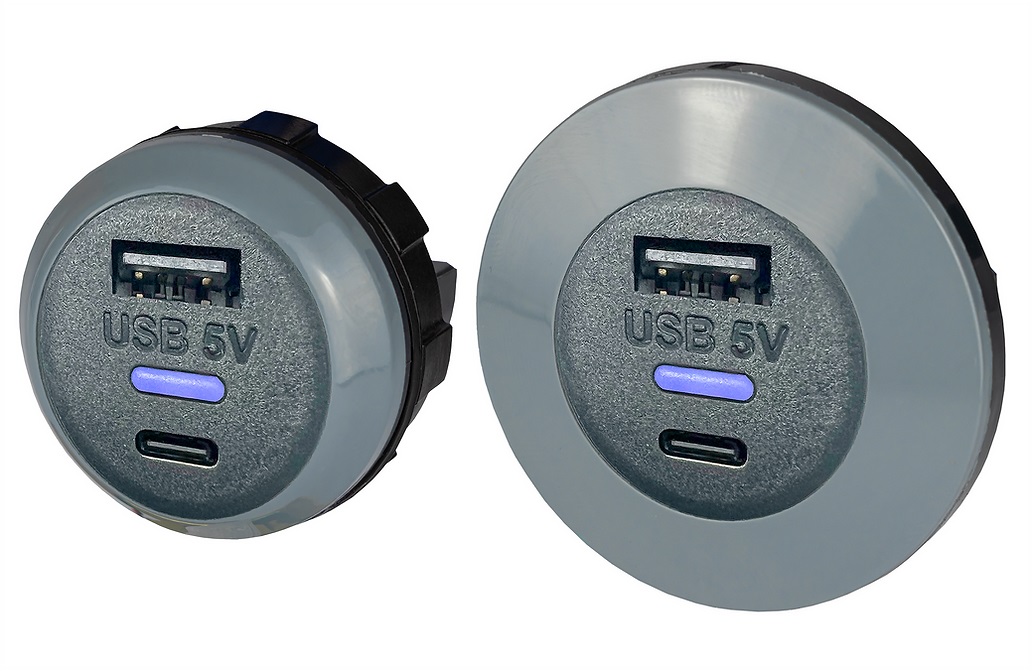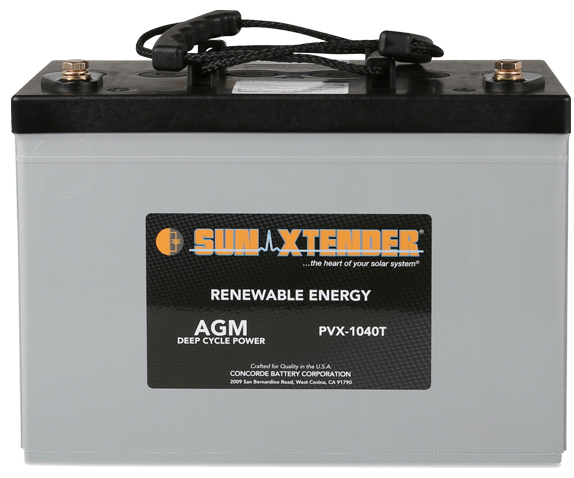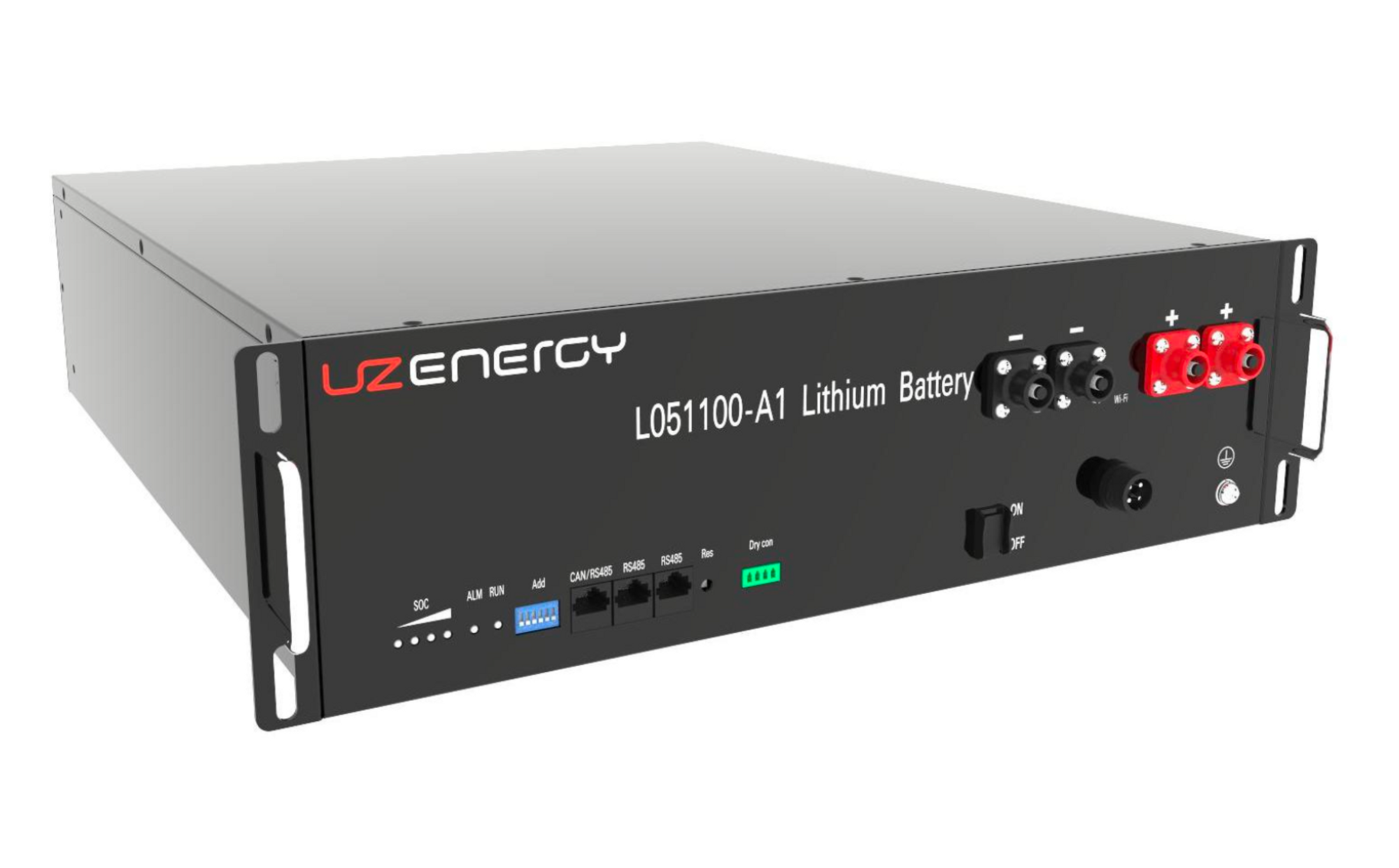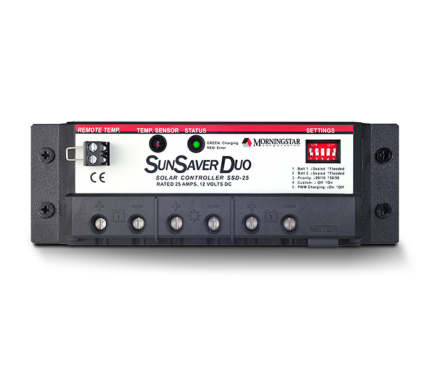Mixed messages
It's always said you get what you pay for. We pay more to factories to receive the correct factory-specified and designed deep cycle batteries which translated into better value for money with improved cycle life over the life of the battery. An example of this is Ritar, they have been sold in NZ for 15 years but you might only know them as brands of 3 major distributors over the years (Ramcar, Century and HCB) in NZ who all rebrand Ritar batteries as their own, this isn't uncommon in the industry.
A few other examples include Koba are Atlas BX from Korea, Synergy & Supercharge use various Leoch models, Yuasa NP were Genesis NP, XS Power were Fullriver. Outback was Powersafe from EnerSys and even internally some Powersafe models from EnerSys are rebranded as Odyssey. European brands all do the same with various regional manufacturers.
On top of that many believe Fullriver to be American because of the Eagle in their logo yet the cartons the battery ship in clearly state a product of China. Our own Lithionics which are assembled in Florida in the USA use cells from China. They were recently sued by the FTA for mis-representation saying American Made on their product. Yet brands like Battleborn and ReLion which both claim to be American made or a product of America are actually 90% assembled in China and then in America labels are placed on them and the cartons, warranty doc etc inserted along with a sticker into a box and that labour content and materials according so some makes them American made.
Additionally, without quantifying a definition you can get away with statements in plain language as long as you disclose it in the specsheet. And I can tell you not many people understand all the variables that are hidden in the charts, graphs or sometimes the items that aren't disclosed that should be.





